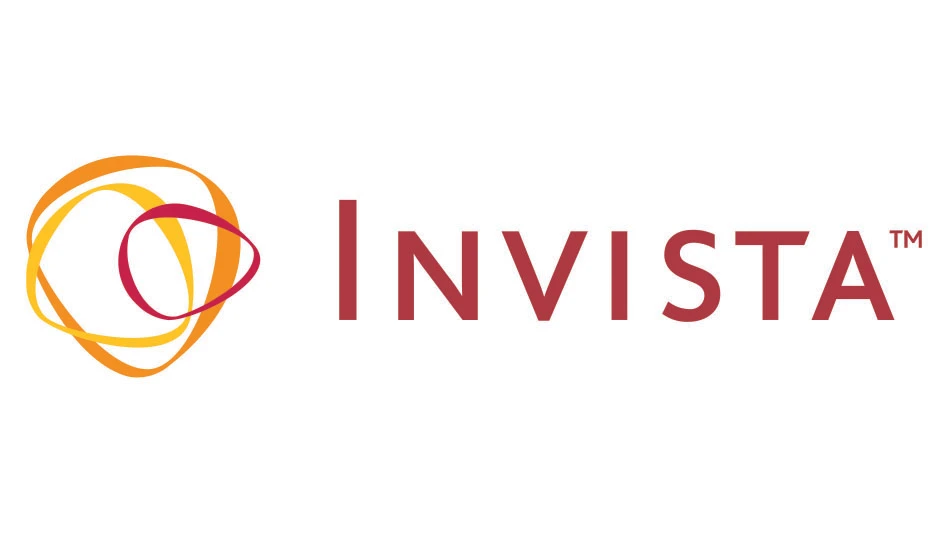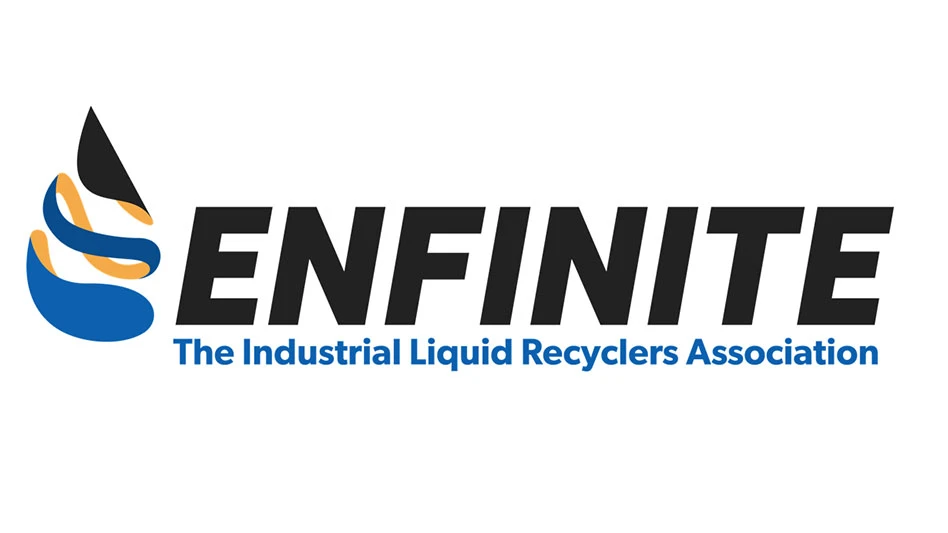Earlier this year, Fast Company issued its 2013 list of the world’s 50 most innovative companies (www.fastcompany.com/most-innovative-companies/2013/introduction), and it packed a few surprises. Nike, Amazon and Square placed one, two and three, respectively, while Facebook and Twitter were nowhere to be found. Also in the top 10 were Target, Pinterest, Fab and Uber, as well as Splunk, Sproxil and Safaricom, which aren't household names—yet.
 What unified all 50 of the companies on the list? Innovation that had an impact on their respective industries and our culture as a whole, notes Fast Company. Yet, bottom line, those innovations also generated high growth in uncertain times.
What unified all 50 of the companies on the list? Innovation that had an impact on their respective industries and our culture as a whole, notes Fast Company. Yet, bottom line, those innovations also generated high growth in uncertain times.
That’s significant at a time when many businesses are still struggling to turn a profit since the economy took a dive in 2008. Not these guys. Fast Company chalks their success up to “continuous improvement, speed of change and breadth of ambition.” More simply put, these companies redefined their current realities to boost their competitive advantages.
Nike got the top spot for research that yielded its latest runaway hits—the FuelBand movement-measuring bracelet and feather-light Flyknit Racer. Amazon earned second place for expanding its next-day and same-day delivery services, a bombshell blow to rivals such as Walmart and UPS. And 2-year-old Square, cited as the fastest growing startup in history by Fast Company, blew past big-time competitors like PayPal with an app that lets consumers pay for items by name alone.
But here’s the real revelation: All of these “innovations” are incremental rather than radical and disruptive. They simply improved on products and services that were already in existence, albeit ingeniously. And this simple fact makes one thing clear: Companies that achieve high, or even healthy, growth have the ability to focus, perceive all the options, choose one or several realities with great market appeal, innovate around them and continue to do so persistently.
While it’s fun to consider the hot performers, as Fast Company does yearly, business folklore is littered with success stories that substantiate this strategy. Just look at the case studies on Apple, IBM, Walmart, GE, Google, P&G and more. These companies have some of the highest market caps in the world and are managing to sustain their positions. Each one started with a significant innovation but also is incredibly focused on their marketplace, customers and execution.
More importantly, they also have the ability to see what others often can’t or don’t: opportunities. And to paraphrase that old adage, when opportunity knocks, be ready to answer.
Of course, this is often easier said than done, but I’ve noticed five underlying trends that are reshaping “reality” for all businesses and are critical to our ability to sustain profitability and growth. Recognizing them gives us the capability to use them—now and when those proverbial opportunities present themselves. They are:
1. Speed. The rate of change has never been so great, and we all need to engineer it into our business cultures. This is true about the rate of new product introductions, the spread of information and disruption in the marketplace. If you doubt this, you only have to think about what Apple did to the cellphone business, Amazon to bookstores and Costco and Walmart to mom-and-pop retailers.
Client expectations have heightened around speed as technology enables the instant exchange of information. We can restock store shelves hourly, flash online consumers targeted ads based on their buying history instantaneously, pinpoint product promotions that aren’t producing and change them immediately and even text consumers coupons.
2. Age. Since the two largest cohorts alive are redefining everything about society and culture, from how we look, communicate and live to how we work, relax and shop. Millennials’ compulsion for technology has changed the way America communicates, shops and buys. They use Facebook, chat, text and message for business and pleasure with the same speed and zeal that their baby boomer parents played video games, giving a whole new meaning to the boundaries that define work and play.
But baby boomers’ work-centric, achievement-oriented and social-change rooted lifestyles nicely complement their millennial babies, for they witnessed and participated in both the civil rights and women’s liberation movements. As a result of their ease with change and desire to stay current, many respect and embrace the process of learning from their millennial children. Not surprisingly, many are adopting some of their millennial children’s shopping and purchasing patterns. Consequently, they are experiencing the trend to small sizing at exactly the same time as millennials but for different reasons. This trend is driving the marketplace to create smaller houses, cars, stores and retail packages for consumption.
3. Glocal. For every company has to think globally but act locally. With 7 billion people on the planet and technology that connects us all in a matter of seconds, it’s become impossible to ignore our interdependence—and the implications it creates from a business standpoint. Technology has eliminated barriers and given us greater transparency globally. As a result, we are finding new products, flavors, spices, packaging and styles virtually, and the fast are popularizing them locally. Thus, opportunities abound and can have deep effects on product innovation, sourcing, talent and local competition. In the end, a global mindset is an imperative, but the ability to take that information and apply it to local competitive markets will define business success in the future.
4. Uncertainty. This is a new reality but more importantly it is an opportunity for those that master it. It is our new status quo. This is what we get paid to manage, so it is important that we don’t succumb to analysis/paralysis and defer important investment decisions. Our job is to “live by the business case” and find ways to grow through the mess. The Fast Company winners have figured this out.
5. Innovation. This is not a vague and amorphous notion but rather a concept that can and must be defined and mined. Innovation is a capability that must be developed and repeatedly exercised within an organization, notes innovation expert John Kao, author of Innovation Nation. At Tetra Pak, we believe it can be taught and learned, just as leadership can.
These trends affect our businesses, and our sustainable profit growth, in some unexpected ways. As we read the latest headline on the federal sequester, we see more of the same. Budget cuts that force reactions that negatively affect business as usual. I think good business means understanding that the “new reality” is about anticipating down cycles and engineering your business to weather them. A critical part of that engineering effort has to do with the five trends highlighted above: speed, age, a global mindset, uncertainty and innovation. Learn more about them, and how to redefine your reality, in part II of this article, which will appear in the October issue of Recycling Today.
Michael Zacka is president and CEO of United States and Canada for the Swiss-based multinational Tetra Pak, the world’s leading food processing and packaging solutions company.

Explore the September 2013 Issue
Check out more from this issue and find your next story to read.
Latest from Recycling Today
- Greenville, Mississippi, launches aluminum can recycling program
- Cotton Lives On kicks off 2025 recycling activities
- Georgia-Pacific names president of corrugated business
- Sev.en Global Investments completes acquisitions of Celsa Steel UK, Celsa Nordic
- Wisconsin Aluminum Foundry is a finalist for US manufacturing leadership award
- MetalX announces leadership appointments
- Sofidel agrees to purchase Royal Paper assets
- US Plastics Pact report charts expansion path for recycled content in packaging






